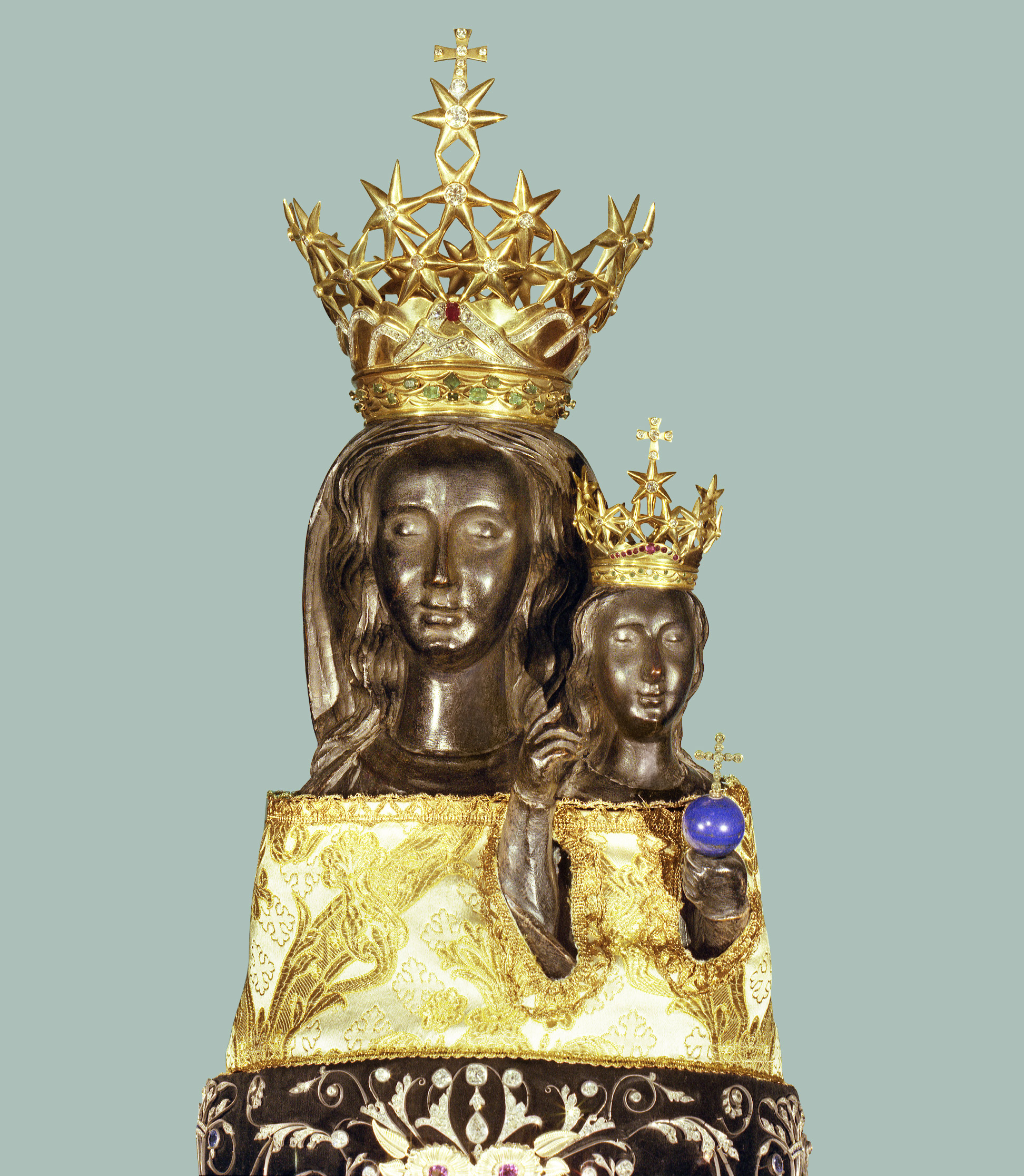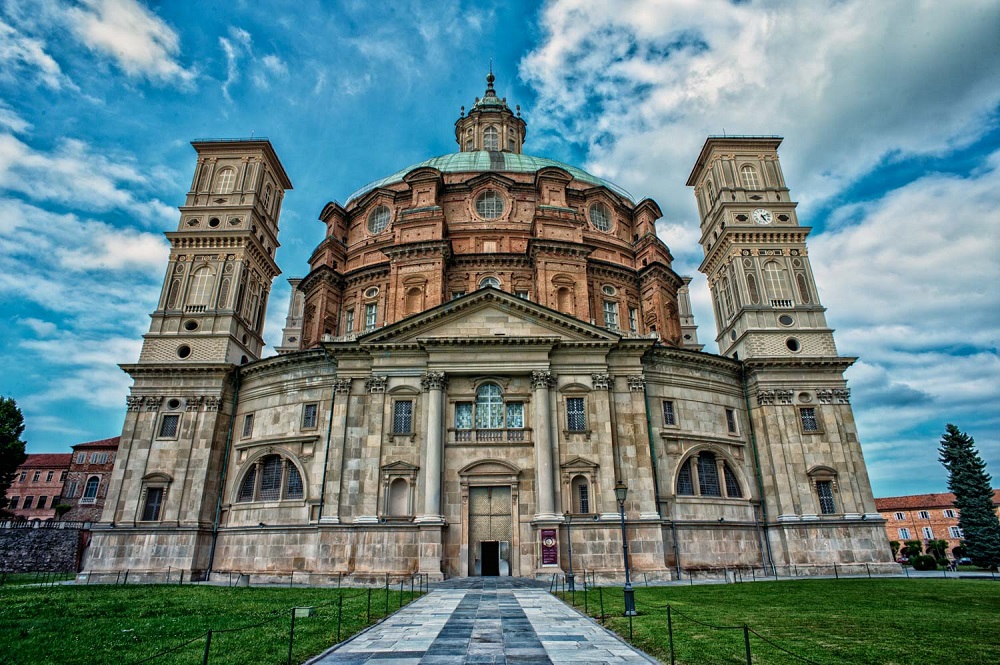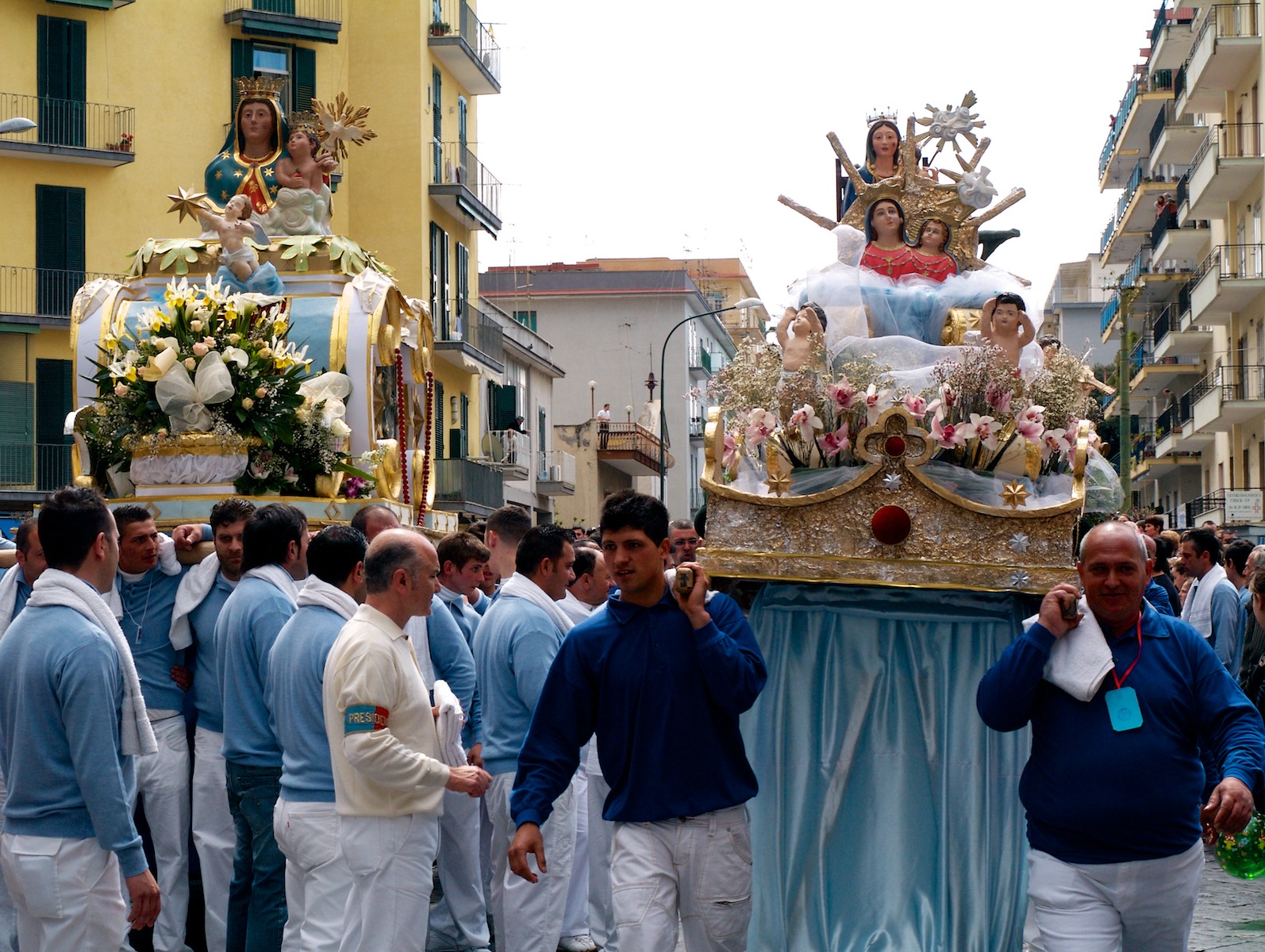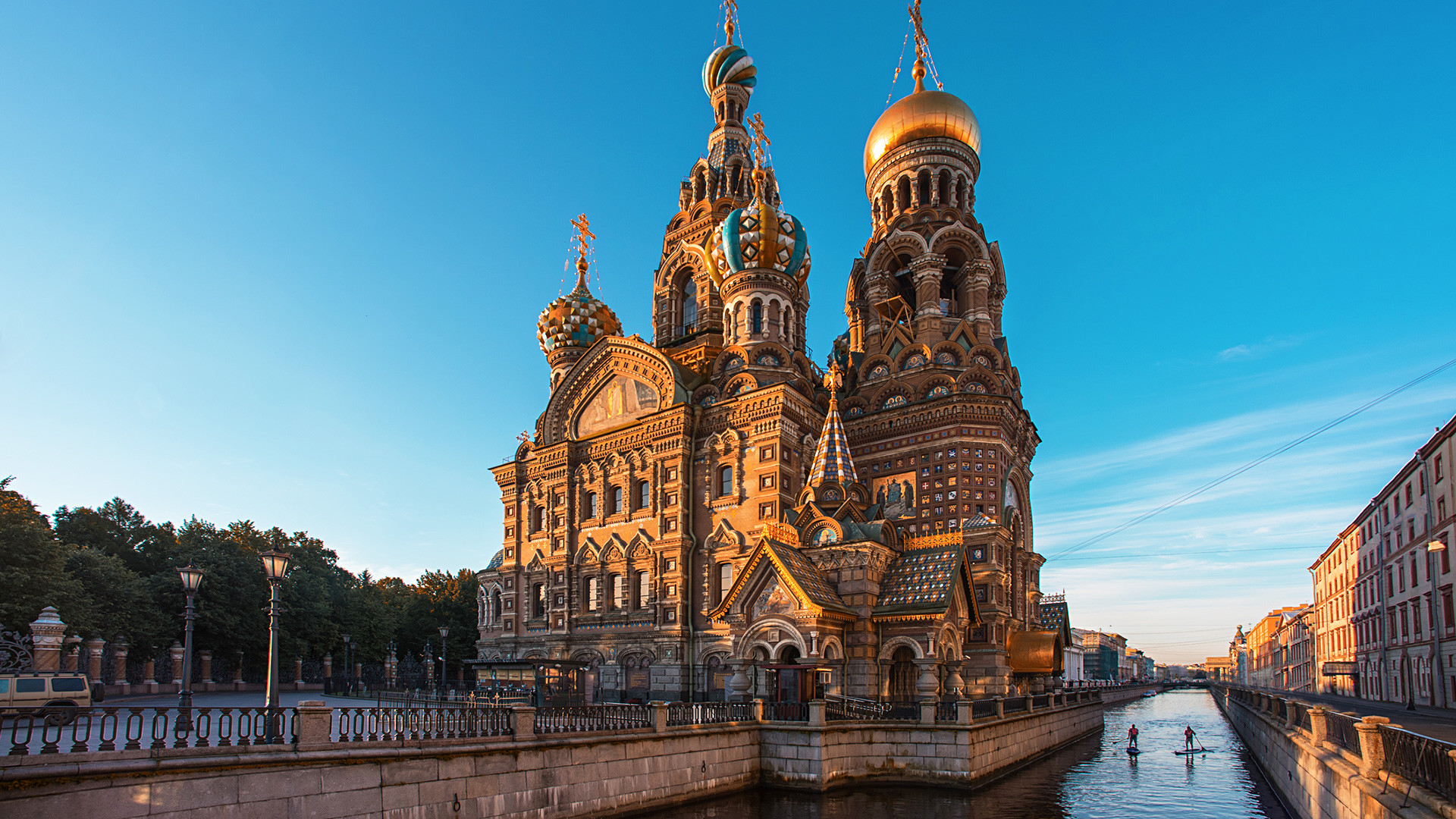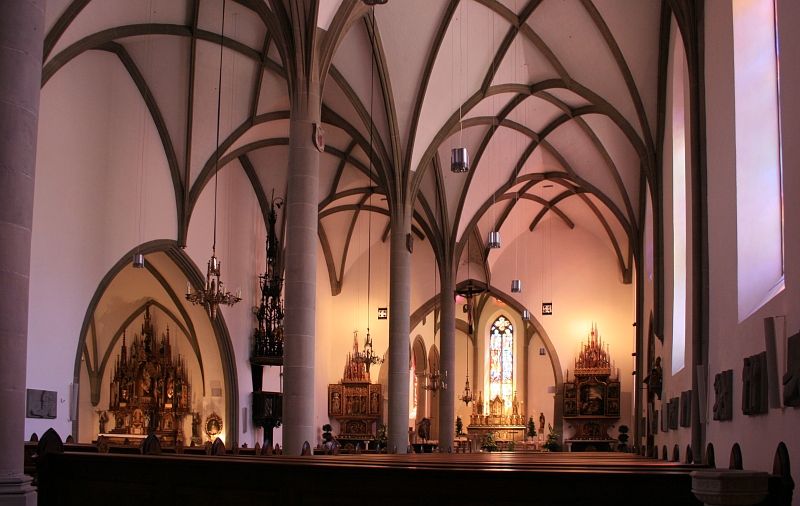Inside the Holy House of Loreto you can also observe the statue of the "Black Madonna", the protector of aviators. The reason why the Madonna of Loreto is black according to religion is due to the fact that she represents what is quoted in the "Song of Songs" where it says: "Brown I am, but beautiful". To strengthen this hypothesis is also another phrase, always in the same canticle, that Mary says to her friends: "Do not look at me as I am brown because the sun has tanned me" (1, 5-6). The Sun, which is also a figure of God, would be at the origin of the phenomenon that characterizes not only Our Lady of Loreto but also that of Czestochowa, who are white but black-skinned women. When what are believed to be the walls of the Holy House were transported from Nazareth to Loreto, the faithful initially venerated an icon painted on wood: it was a sweet and beautiful painting, with a slightly black face. Some scholars have ascertained that in ancient times many sacred images became dark and sometimes unrecognisable due to the smoke from candles and lamps, so much so that it was often necessary to repaint them. Most probably the same fate also happened to the beautiful icon of the Holy House. At the beginning of the 16th century the icon was replaced with a wooden statue of spruce, delicately painted. Later, the smoke from the oil lamps that illuminated the small room of the Holy House over the centuries blackened the outer marble of the sacellum indelibly. In addition, the statue was destroyed in the fire of 1921, and was rebuilt in 1922, on a model by Quattrini, by L. Celani. It was made with Lebanon cedar wood painted in a uniform way and with a black shade even darker than the previous one.
